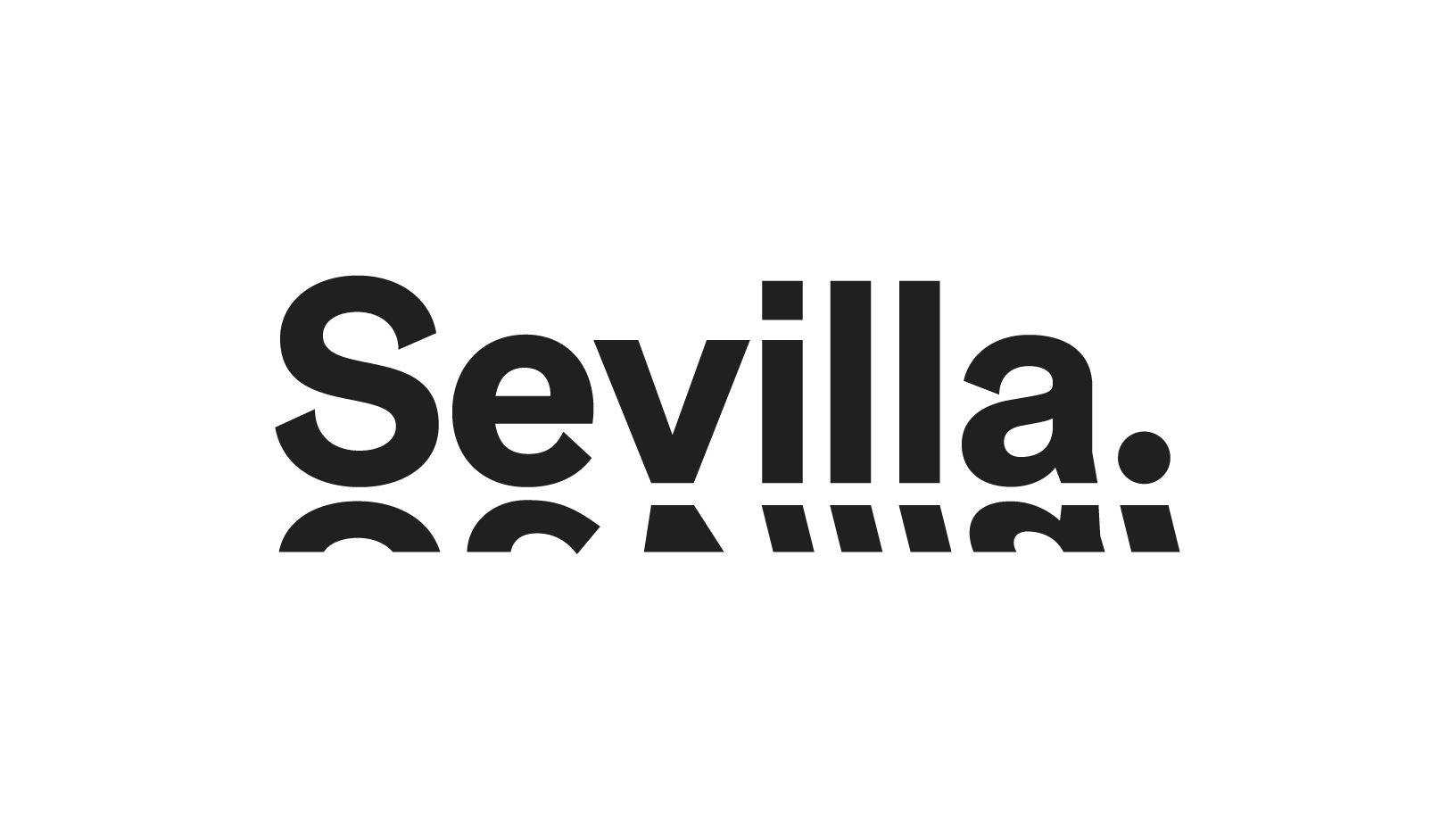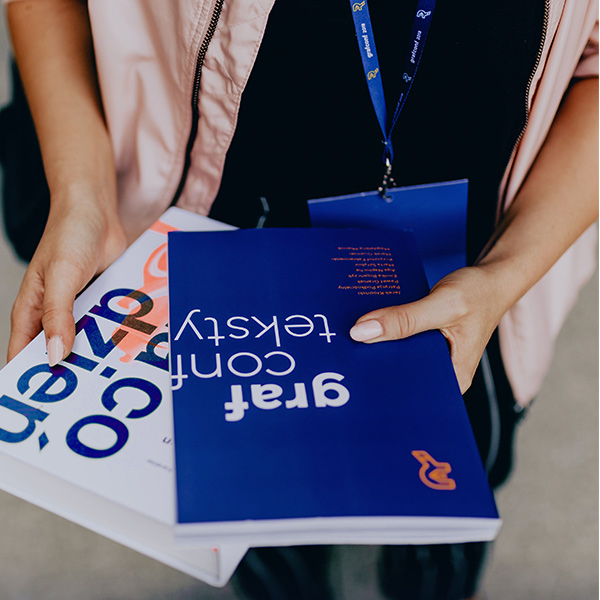Seville without limits
ACCESSIBILITY
Seville is an open cosmopolitan city that recognizes itself in its celebrations and in the shared public space. Sevilla Compartida means to develop a safe, open, and accessible public space where no one is excluded from city life because they are different.
Accessibility at the heart of public policy
Seville has put accessibility focusing on all its public policies for more than 20 years.
In 2005 it published its first Accessible Tourism Guide with information on itineraries, resources, and tourist services accessible in Spanish and English.
In 2012, it was created the Accessibility Office to boost pedestrian accessibility in the city. As a result, Seville adopted its Municipal Accessibility bylaws (2013) and the Municipal Accessibility Plan (2020). It analyses 1,168 streets and 284 public buildings and parks. As a result of this analysis, Sevilla has an innovative control panel in Accessibility for decision making.
Seville has included accessibility at the heart of all its public policies and in its city model. In 2018, it was created the Municipal Accessibility Commission to strengthen coordination and joint work of all municipal areas on accessibility. As a result, the Seville Strategic Plan 2030 includes measures for the implementation of accessibility in all its areas.

Safe and accessible public space
Life and tourism in Seville revolves around its public spaces. Seville is promoting the accessibility and quality of public space as a model of Sevilla Compartida.
In 2006 started the pedestrianisation of its historic centre (the largest in Europe) and UNESCO World Heritage Axis. An integrated action that has improved mobility, local economy, and the tourism experience, reducing the negative effects of pollution on patrimony.
This strategy has been extended to other neighbourhoods of major tourist transit such as Triana, Los Remedios, Cartuja or Macarena thanks to the Plan Respira. Thanks to this effort Seville is a member of the Cities Walking Network.
Seville is also accessible to people with diverse abilities thanks to the pictogram signage in public spaces and equipment, audio guides or communication with texts in easy-to-read versions.
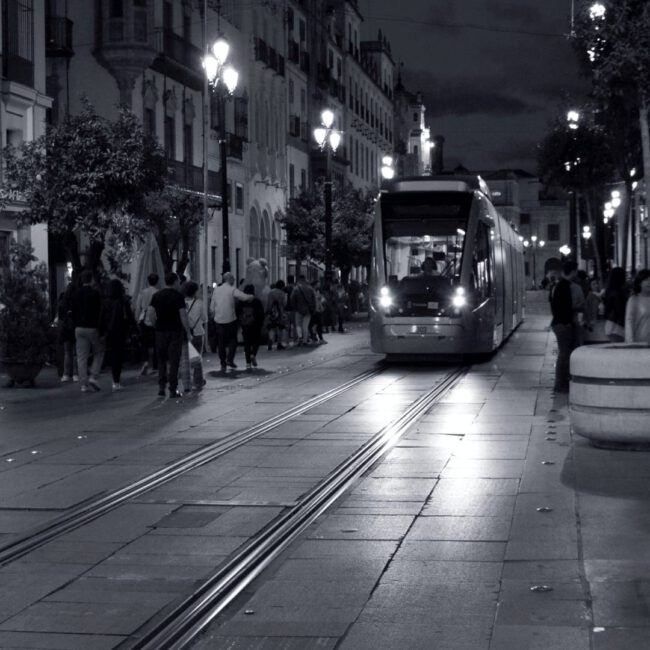
Technology and innovation in the service of accessibility
"Sevilla Smart Accessibility Tourist & Events" is an innovative project supported by the Spanish government and the European Union to improve accessibility, recommended tourism, and urban space management through ICT-based actions.
This project uses GIS technology and Artificial Intelligence tools for accessibility management and decision making. AI analyses and processes all information by establishing corrective actions and designing accessible routes between neighbourhoods.
All this information is shared with citizens and tourists through the SEVILLE ACCESSIBLE app. This app (multi-platform and multi-language) combines information on accessibility and mobility in real time with tourist information permitting awareness of the state of public space, being able to plan accessible itineraries, have updated tourist information or know the situation of unsure road conditions.
On the other hand, tourist information is also shared by professionals who speak Spanish, French, English, German and Italian through Information Tourist Points and by the official tourism website www.visitasevilla.es. There are also audio guides and guided tours available that explore the main tourist resources of the city in several languages.
All city service information is also accessible through the www.sevilla.org portal that meets the AA level accessibility standards, according to WCAG 2.1 of the W3C.
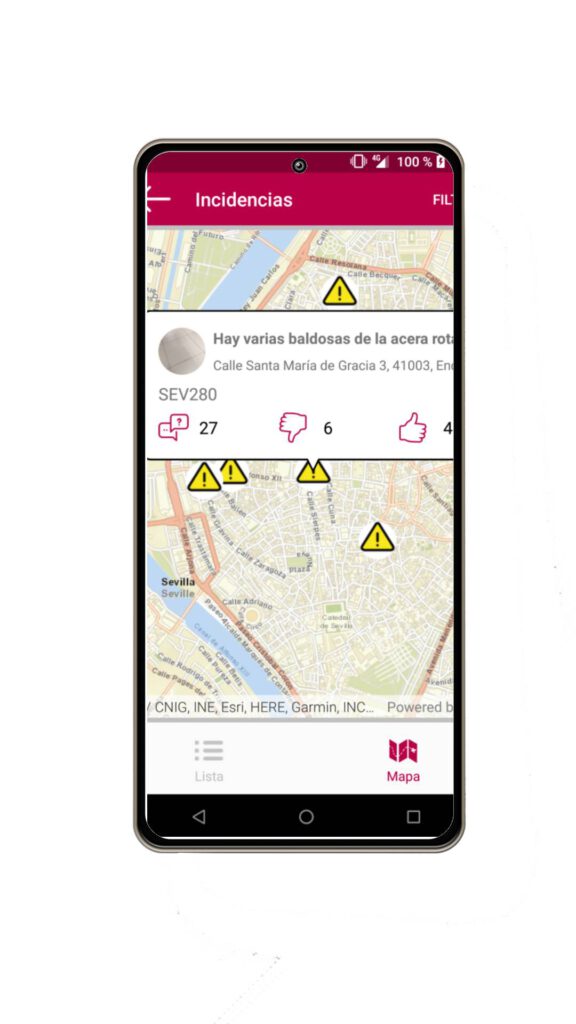
Accessible and safe celebrations
Seville celebrates some of the most popular events around the world such as Easter week (2.3M visitors and 430M € economic impact) or La Feria de Abril (4M visitors and 830M € economic impact). These celebrations allow to live the city and the public space in all its dimensions. Both events have special accessibility measures that integrate maps, routes, and signage. Feria de Abril also has noiseless schedules and attractions accessible to people with diverse abilities.
Seville together with Bosh, Telefonica, Cisco and Ferrovial have developed an innovative tool (transferred to other cities) for managing security and accessibility during major events. Through security cameras for transit control and incident detection, lighting control system and artificial intelligence tools for security management integrated into the city platform, Seville has reduced the risk of incidents during major events.

Seville connected with the world
Seville is one of the best connected cities in Europe. Seville's airport (7.5M travellers - increasing at 15% annually - and 72 air destinations to 20 countries) is connected with the main Spanish, European and Moroccan cities.
The high-speed train (AVE) has carried more than 84M passengers until 2022. Seville is currently connected with the main Spanish cities (Madrid, Barcelona, Valencia, Zaragoza, Malaga, Córdoba or Granada) via AVE.
Seville is also a city of cruises. Cruises increased 22.3% with 93 berths and 20,948 visitors thanks to the new cruise terminal and improved accessibility of the environment and its connection to the Historic Quarter.
Seville is also connected by highways and motorways with all Andalusian capitals and Spanish cities. Public bus transport connects Seville to these cities daily.
Urban and interurban public transport facilities are accessible by offering equipment for the
hearing impaired (information panels), the visually impaired (Braille texts, touch floors) and the disabled (lifts, ramps, and special vehicles).
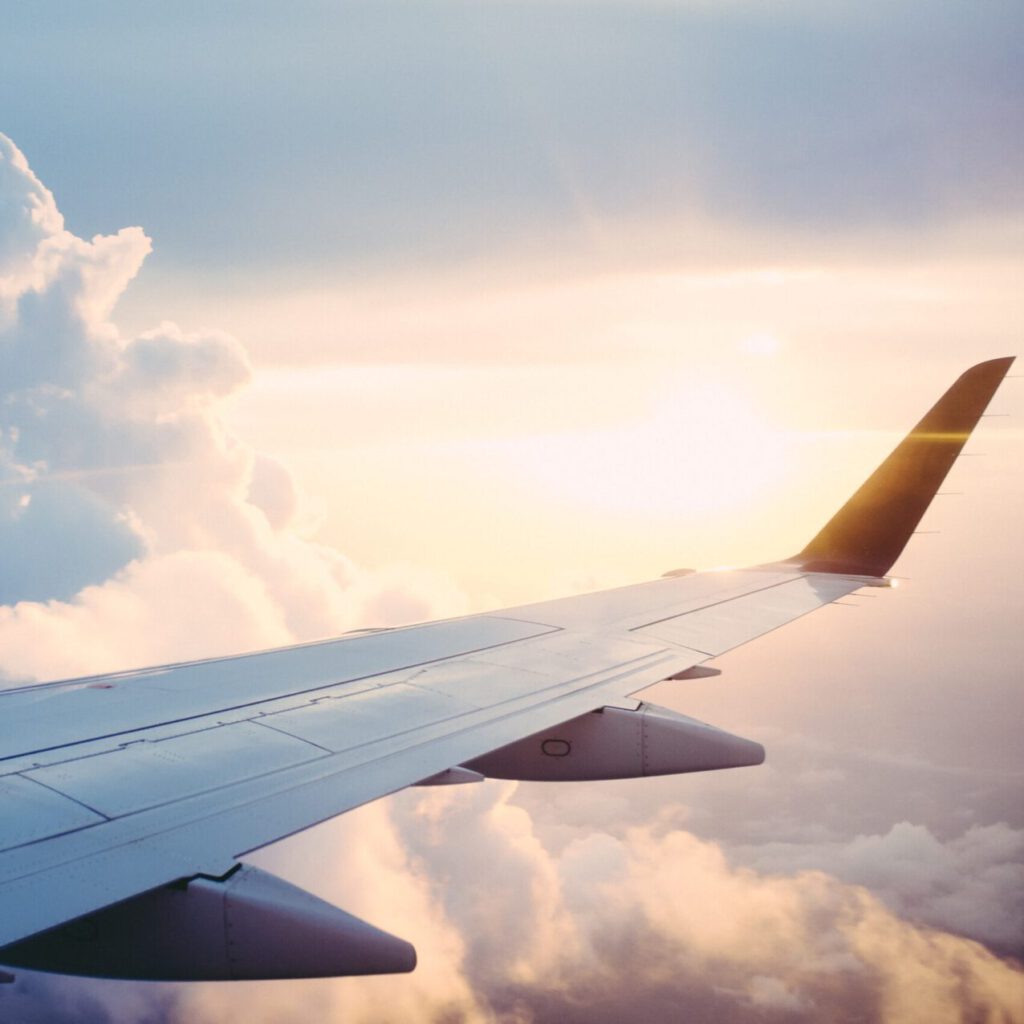
Accessible and sustainable urban transport network
According to the Sustainable Mobility Index of Cities of Spain (IMSCE), Seville is a leader in management and execution of mobility, length of cycling lanes, bike loan points and accessible public transport with subsidised rates for older people and with functional diversity. Seville has 9.2% of wheelchair-adapted taxis.
Seville is the city with more kilometres of bike lane per room. (180km, 2,600 bicycles and 260 stations) and has a plan and a public bicycle promotion office. This effort has earned it national and international recognition (Copenhagen, Bikefriendly Prize).
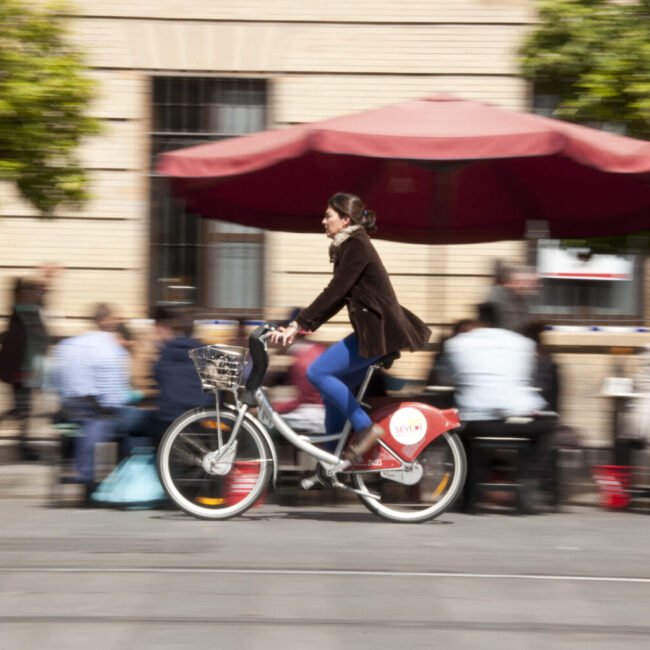
More Information
- Sevilla Smart Accessibility Tourist And Events
- Seville Bike Fiendly
- Seville City of Tourism Candidacy
- Ordinance Seville
- Universal Accessibility Seville Plan
- Accesibility Seville's fair
- Accessibility Commission of the Seville City Council
- Seville Accessibility Tourism Guide
- Digitisation of Seville Parks and Garden
